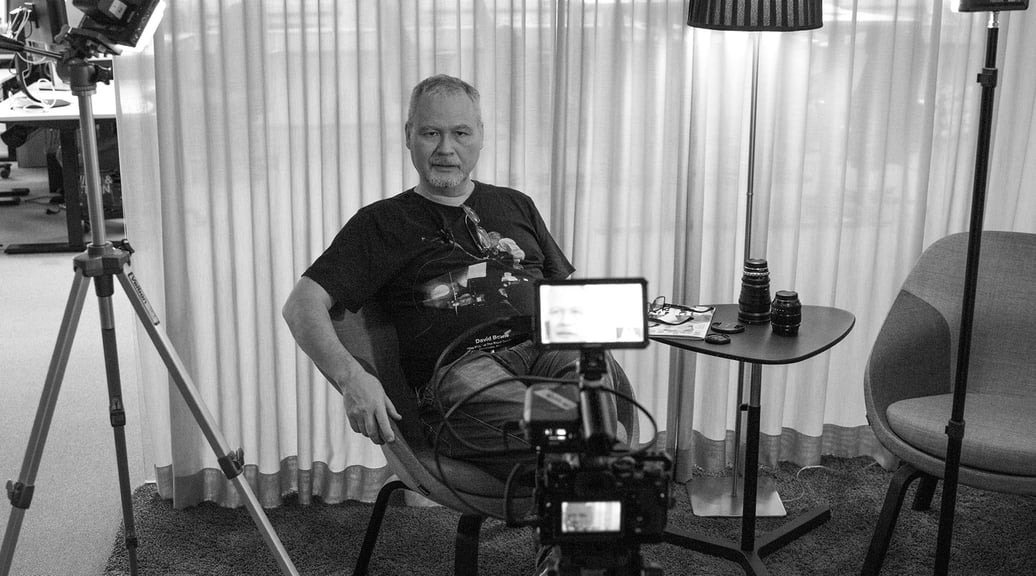
Doug has been a Content Producer at Zooma since 2021. Originally English, he now lives in Sweden.
Keep me updated!
Subscribe
By Doug Bolton

Knowing what your company's customer journey looks like (and ideally, having it mapped out), is an essential first step in improving your customer service and experience. A lot of companies have trouble getting a good picture of what their customer journey looks like, even though all of us go through customer journeys all the time. In this article, we'll look at what a customer journey is, and how your customers move through it.
Customer journeys can look very different depending on the type of product or service being sold and the industry the company is active in. The personal customer journey of someone looking to buy a new shirt, for example, is very different to the journey an industrial manufacturing company takes when investing in new machinery.
However, all kinds of customer journeys can generally be broken down into these three stages:
In this stage of the customer journey, the customer becomes aware that they have a problem or a need - not necessarily that there is a certain product or solution that can solve it. In an industrial B2B context, this could be the awareness that maintenance visits take too long when a machine or component breaks. The customer isn't yet aware of a company, product or service that can help - they've just noticed that a problem or challenge has cropped up which needs to be fixed.
In this stage, the customer starts considering companies, products or services that could solve their problems. If we look again at the example above, the solution could be a new supplier that has a larger service network and machines that can be mended quickly when they break down. When the customer realises this, they start researching - possibly by asking colleagues or industry contacts, but probably by going online and googling solutions that are relevant to them.
Here, the customer makes their decision. During the consideration stage, they found a few different suppliers that can solve their problem. Now, it's time to pick one - to do this, they may conduct further research, or get in touch with the companies they've found to find out more. Once they feel that they have enough information, they ultimately make a decision and a deal is made.
You can generally say that all of your customers went through these three stages before they started doing business with you. But when we look a bit deeper, we can see that this three-stage process is a bit more complex than it seems.
In reality, the route your customer takes through these three stages is complicated. The path from the awareness to the consideration stage may seem simple, but a customer may actually move back and forward through these stages multiple times. They become aware they have a problem, and start looking for solutions - but then they realise they've been focusing on the wrong problem, and an entirely new solution is needed. A customer can even go all the way to the decision stage and start proceeding with a deal, before pulling out - something that many sales reps will have experienced.
Another factor that complicates the customer journey is time. In our private lives, we may go from the consideration to decision stage in a matter of minutes - for example, if we need something urgently for the home. This certainly happens in B2B as well, especially if the products or services a company deals with require maintenance or spare parts. But for other types of purchases, the consideration stage may take months, or even years. It may be hard for your customers to settle on the right solution, or the budget required may not be available during the current business year. As a result, your customer may have been considering your solutions for a very long time - but when it's possible to move into the decision stage, things can suddenly start moving very quickly.
Additionally, B2B purchases usually involve multiple people. Many purchasing decisions at larger companies are made by committee, with different members of the group having different opinions and priorities. To make matters more difficult, the size of these buying committees is growing - according to a 2021 survey from Forrester, 63% of B2B buying decisions involve more than four people, an increase from only 47% in 2017. More people means more complexity! So for a lot of B2B companies, the customer journey isn't nearly as linear as you might think.
A way to make sense of all this complexity is by mapping out your customer journey. By carefully analysing your customers' actions, behavior, and thoughts and feelings at each stage of the buying process, you can start to get an overview. And once you have that, you can start improving it - after all, you want to make it as simple and pain-free as possible for people to buy your products or services.
To make this process easier, we have a couple of resources - an in-depth guide to customer journeys, focusing on a number of different aspects of this topic, as well as a customer journey map template, which can help you with the actual work of mapping out your company's unique customer journey. Hopefully both of them come in useful as you start making improvements.
